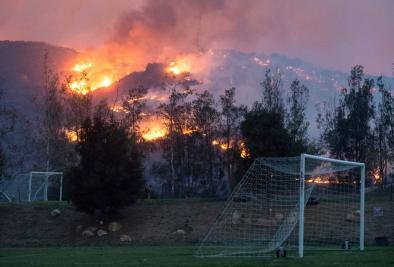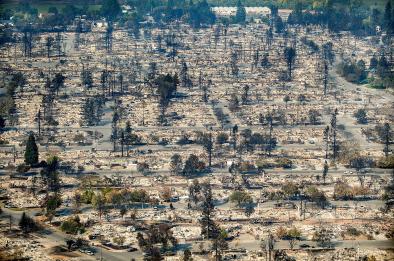Science Source
Playing with Fire: How Climate Change and Development Patterns Are Contributing to the Soaring Costs of Western Wildfires
Key findings include:
- Temperatures in the American West have gone up quickly. Since 1970, they have increased by about twice the global average.
- Snow melts earlier in the spring. Hotter, drier conditions last longer than they used to. The result is a longer wildfire season and conditions that are primed for wildfires to ignite and spread.
- The western wildfire season has grown from five months on average in the 1970s to seven months today. The annual number of large wildfires has increased by more than 75 percent.
- This is a recent and dangerous alteration of the natural, long-standing, and necessary role of wildfires as part of the forest landscape.
- The threat of wildfires is projected to worsen over time as rising temperatures lead to more frequent, large, and severe wildfires and longer fire seasons.
- Since 1970, regional temperatures have increased by 1.9 degrees Fahrenheit. By mid-century, temperatures are expected to increase an additional 2.5 to 6.5 degrees Fahrenheit.
Related Content
Headline

Dec 13, 2017 | Washington Post
Why are California’s wildfires so historic? For starters, a diablo is at work.
Headline

Dec 12, 2017 | USA TODAY
From floods to fires, U.S. weather went to extremes in 2017
Headline

Dec 7, 2017 | SFGate
Northern California fire damage claims rise to unprecedented $9 billion
Headline

Dec 5, 2017 | The Mercury News
Ratepayers should not have to pay for utilities’ wildfires negligence


